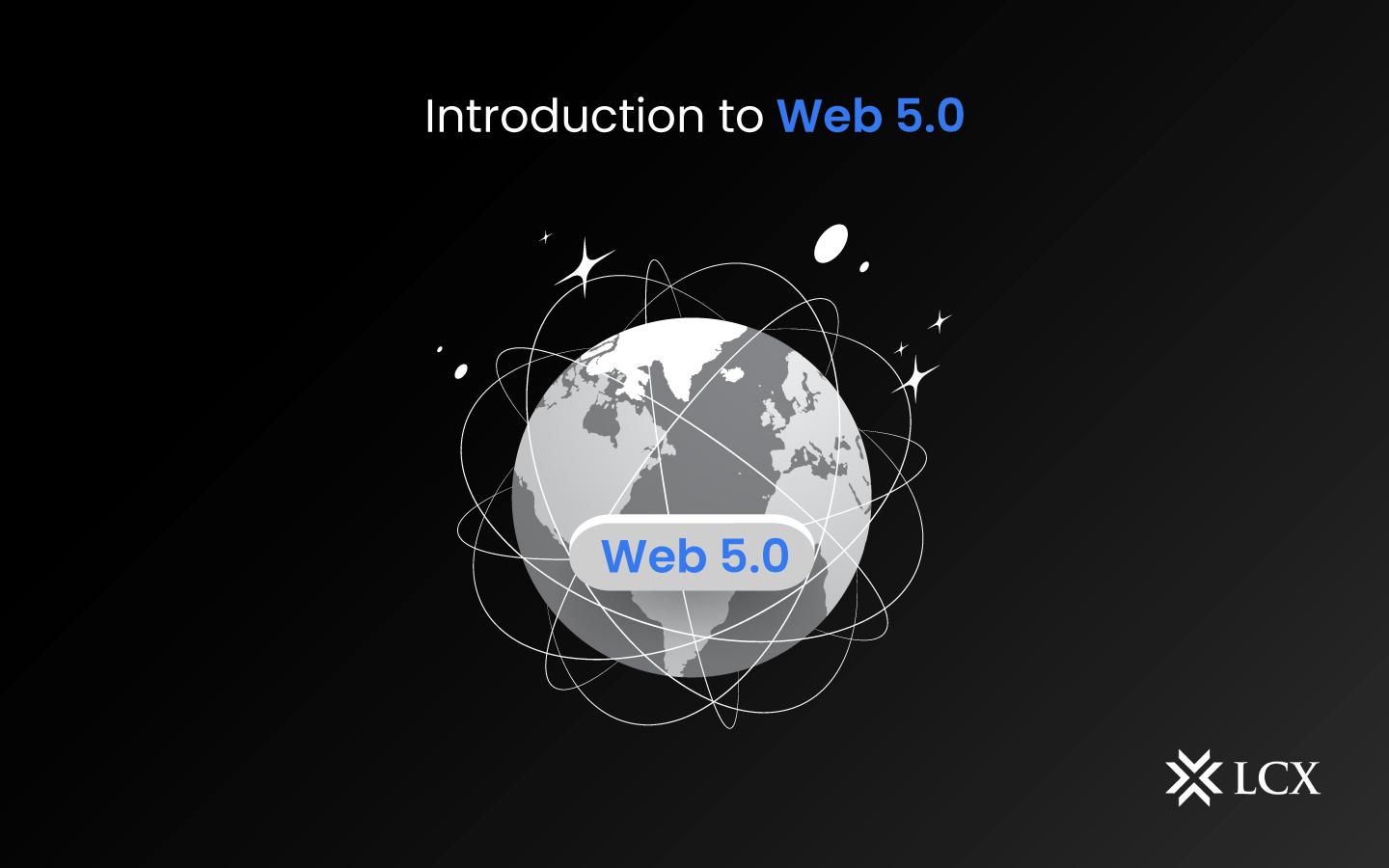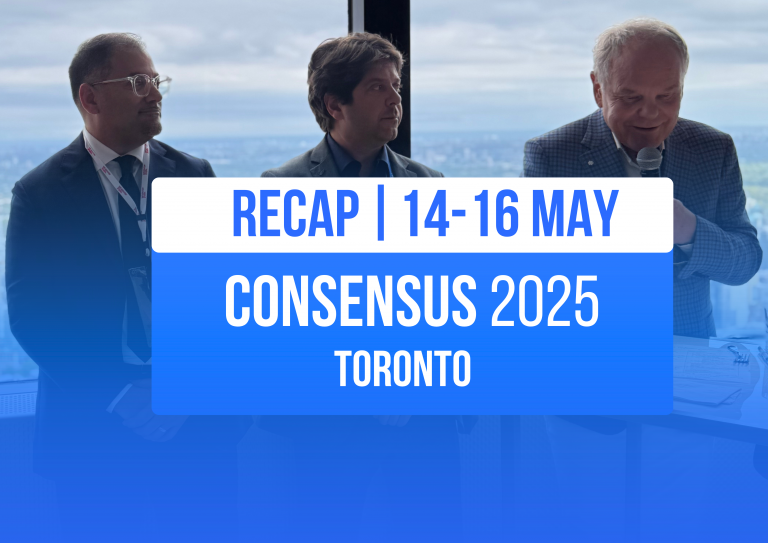As the world continues to evolve, so do our technological practices. Since 1993, when the World Wide Web was brought online for the first time, technological advancements have been developed and implemented to enhance the Internet and the user experience. Clearly, the introduction of the internet was a game-changer, and similarly, the introduction of Web 5.0 will usher in another significant shift.
Stages in the Evolution of Internet
The conceptualization of Web 5.0 is the culmination of multiple phases of web development. Any detailed outline of Web 5.0 would also emphasize the evolution between web versions. A concise overview of the evolution of the Internet over time is provided below:
Web 1.0
In 1993, the first version of the Internet was released., which was created to maintain an online storage system for the corporate world. The initial size was modest, but soon businesses began to create their own websites and post various products on them, transforming the internet into a marketplace for products, books, and online documents. The initial iteration of the Internet was a read-only application that was rapidly spreading around the world. It played a crucial role in establishing the online presence of all the main tech companies as we know them today.
Web 2.0
The second version of the internet concentrated on providing a platform for people to connect with one another. By then, social media sites such as Facebook, Orkut, and Twitter had emerged. In the Web 2.0 era, web applications could receive and write data in multiple formats. Numerous applications were created to serve a variety of user needs. Thus, it can be said that Web 2.0 served as a stepping stone for tech experts to develop and create a significantly more interconnected version of the Internet.
Web 3.0
One of the greatest drawbacks of Web 2.0 was that it did not give consumers complete control over their data. Thus emerged the Semantic Web, the third generation of the Internet. It continues to be implemented globally and focuses on the decentralization of all Internet applications. Integration, data automation, discovery, and research are central to Web 3.0. It promotes the globalization and mobility of numerous Internet components. Moreover, it returns data control to the users, who can choose which data to share and which not to share. In addition, the metaverse, blockchain, SaaS, and other technologies rely on Web 3.0 for a robust platform.
Definition of Web 5.0
Web 5.0 is intended to be a decentralized web platform that allows developers to build decentralized web applications with verifiable credentials and decentralized web nodes. This platform aims to reclaim proprietorship and control over user data. Even though Web 5.0 is still in development, there are already distinct indications of what this platform will be. At this time, it is believed that Web 5.0 will be a combination of Web 2.0 and Web 3.0, with an emphasis on the creation of a web that is not only intelligent but also emotional. This entails the ability to communicate directly with its users, just as individuals do.
Apparently, the vision for the product is that once Web 5.0 reaches its final form, it should be entirely functional and extremely powerful. The objective of this initiative is to develop computer-human emotional interactions. In addition, the initiative aims to provide users with complete control over their identity and data. The status quo is that the Internet is emotionless, as it cannot determine what the user is experiencing, and that user data is owned by third parties. In this regard, however, Web 5.0 should be transformative.
Web 1.0 vs Web 2.0 vs Web 3.0 vs Web 5.0
| Web 1.0 | Web 2.0 | Web 3.0 | Web 5.0 |
| It is known as the shopping cart or static web | It is called writing and participating in the web | It has been given the name of semantic web | it is called open, linked, and intelligent web |
| It was introduced for the sake of file storage and maintaining records | It introduced the concept of staying interconnected with the world and even became the starting point of social media | It introduced the decentralization of the internet and promoted the idea of giving back control of data to the users themselves | This version of the internet took decentralization to the next level. It even added emotional intelligence to the internet, making it much more efficient and logical |
| There was no active communication or flow of data from the user’s side | The flow of data from the user side started here, and an active communication channel was set up | It took communication to the next level with the introduction of a virtual world and blockchain technology | Emotional intelligence on the internet, along with real-time connectivity globally, are the central ideas of this version of the internet |
| There was no breach of user data | User data was collected by the tech giants and used according to their preferences | Decentralization was introduced, but the verification of information was still done by the nodes of a network | Completely decentralized and transparent form of the internet. It makes sure that complete control of user data is with them alone |
Features of Web 5.0
Although Web 5.0 will have many features that will benefit users once it is fully developed and implemented, there are currently two features that are the platform’s primary focus: the ability to control your identity and the ability to own all of your data. Your identity and data are effectively held by corporations and other third parties on the current web.
Control over identity: Web 5.0 will include identity management for users. Users will be able to store the credentials of all other platforms on a decentralized platform. This storage platform will only be controlled by the users, and the internet will not collect any information about the users’ identities.
Data ownership: Using complete decentralization, this iteration of the Internet will provide users with complete data ownership. Users can choose what information to share with companies and what not to share. Users will have their own blockchain participation in order to store their data securely in a single location.
Advantages and Drawbacks of Web 5.0
Web 5.0 is currently in development, and there is still a significant amount of time before Web 5.0 use cases become prevalent in real-world scenarios. However, this does not prevent speculation about the advantages and disadvantages from the users’ perspective:
- The emotional intelligence component of Web 5.0 would provide the optimal environment for users to express their creativity.
- The emotional intelligence component of Web 5.0 can be utilized by the e-commerce industry to establish the infrastructure for real-time communication with users to enhance the value of user experiences.
- The advantages of having control over one’s own identity and data are one of the most prominent and recurring themes in an explanation of Web 5.0. Existing versions of the web are centralized, and those that claim to be more decentralized do not live up to their claims. Web 5.0 would enable you to retain full control over your data and determine how to utilize it.
- Users can also utilize their digital identity across multiple applications and services in a secure manner.
- In terms of security, Web 5.0 would offer consumers the benefits of decentralization and cryptographic security via blockchain technology.
- The platform is still in its infancy, so the final outcomes of Web 5.0 are unclear.
- This platform’s tangible benefits are contingent on enterprises adopting it.
Web 5.0 Road Map
Web 5.0’s future is currently quite uncertain, especially in the absence of a detailed road map. Web5 focuses on the development of entirely decentralized solutions that enable financial and social interactions. Simultaneously, Web 5.0 is also preoccupied with the need to safeguard control over user data and identity. Currently, The Block Head or TBD is concentrating on developing four essential Web 5.0 components. A decentralized web node and decentralized identifiers are among the components. Web 5.0 also includes a self-sovereign identity service and a self-sovereign identity software development kit.
Conclusion
Web 5.0 is set to be a game-changer, providing a new and improved internet experience that is both intelligent and interconnected. It will provide businesses with a more efficient and secure way to exchange information and collaborate with each other, leading to a more competitive and innovative business environment. However, it will also come with potential challenges that businesses will need to navigate to take advantage of the new technology. The introduction of Web 5.0 is an exciting development, and we look forward to seeing how it will impact our lives and businesses in the years to come.










